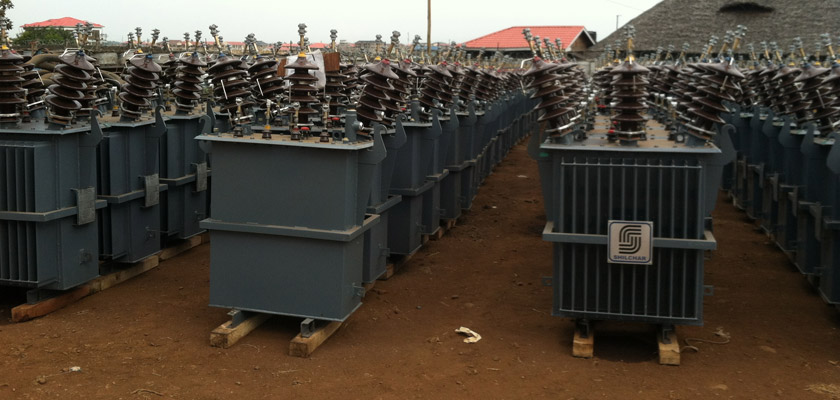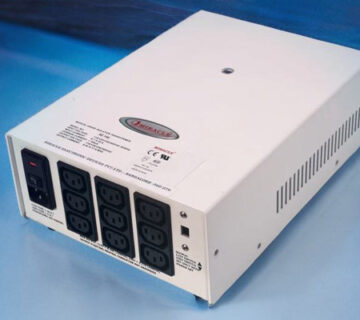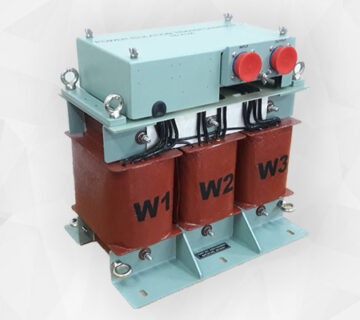Any kind of myths can be problematic. And when it comes to something as important as a transformer, wrong beliefs can definitely lead to transformer failures with an increase in the costs incurred. Listed below are the most common transformer myths found within people. Read further to know if you also believe in these false statements, and clear off your doubts for the same.
Myth – Replacing an old transformer eliminates the risk of failure
You may say that this is something very obvious and logical, but believing in this statement negatively impacts the credibility of the electrical reliability professional. Today, transformers are designed with the help of computer modeling, while focusing on reducing the associated costs. Newer transformers built on the same nameplate rating as older ones can result in a thousand times lighter crane rating. How? It can be through removal of a variety of elements like paper, copper, steel and oil – all that caused the older transformers to be overbuilt. Just like being satisfied with the older transformers with significantly more reliability is normal, practicing the same practices with newer transformers may result in failure.
Myth – Replacement of old transformers will not affect replacement lead time
People are building more and more unique units to beat the competition. What they don’t realize is that the more unique a piece is, the longer its lead-time will be. A lead time of a general and common transformer could be 3 months, while that if a unique one could be 12 months. Therefore, in case of failure of such unique transformers, a back-up system could be incredibly expensive!
Myth – Senior management focuses on the risks of old transformers
What happens when the manufacturer suggested lifespan of a transformer is 20 years, and you continue to use the unit for 35 years? You may be lucky not to experience a failure at times, but generally you will be getting yourself into losing lakhs and crores of Rupees for lost production and a lengthy downtime. The senior management will not focus on old transformers and their reliability, until and unless the transformer fails causing a loss of crores of Rupees.
Myth – All you can do is test the oil for gases
Speaking of a DGA oil test, it is sampling the transformer oil that can help you understand what is happening inside the transformer. But, remember than quality of oil is connected to the quality of paper, which determines the life of the transformer. A transformer that has negligible or no fault gases can have high moisture or acid buildup. It has been surveyed that a majority of transformer owners do not process oil to remove acids or solve the issue of moisture. Therefore, apart from the DGA oil test, you must also conduct the Karl Fisher and Liquid Screen Test.
Myth – Oil processing vendors are the same
This is one of the biggest myths that all oil processing vendors are the same. Believing this statement, you will only opt for the cheapest vendor. However, you must consider a few things while choosing a vendor to process your transformer’s oil. The crew must be skilled and more experienced so that there can be better outcomes. Also remember that not all equipment is created equal. Further, you need to realize that there is always more moisture in the paper than in the oil in case of moisture issues, which means that drying the oil does not dry the paper. There has to be a difference in the quality and reliability of each unit. So, you need a set of properly trained crews with the right tools and equipment to stay assured.
Myth – Installing DGA monitors is enough to reduce transformer failure risks
Certainly, adding DGA monitors does ass a level of reliability, but this is not just enough to reduce risk. There is nothing that can eliminate risk, but monitors and other elements like oil analysis, visual field inspection, time-based electrical testing, etc. definitely help to reduce it. DGA monitors cannot eliminate risk, but it can let you know in advance that there is some electrical fault inside the transformer. This gives you enough time to act before the entire unit fails.
Get done with all of these myths and start off with a sound reliability program. Involvement of senior management, timely planning, data management system, and combined processes of testing, monitoring and maintenance can lead to reliability. For the best and most reliable transformers, you can get in touch with Miracle Electronics, the leading and reputed transformer manufacturer in India.




